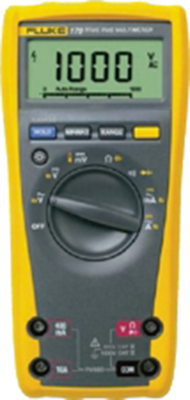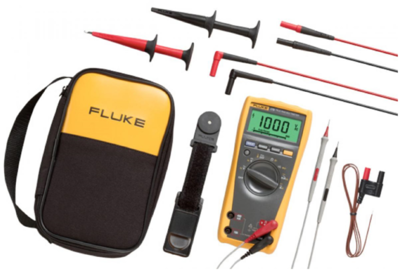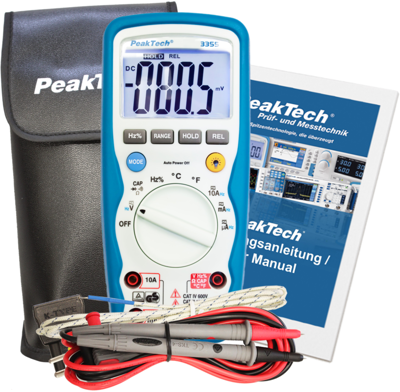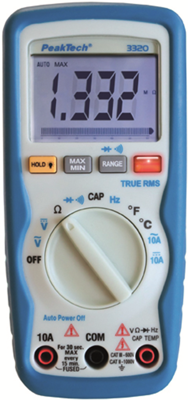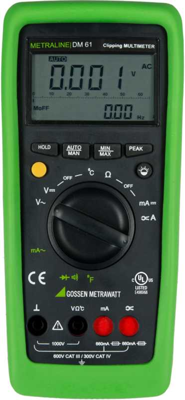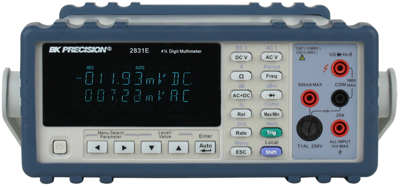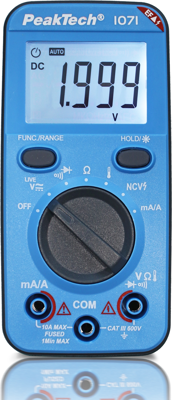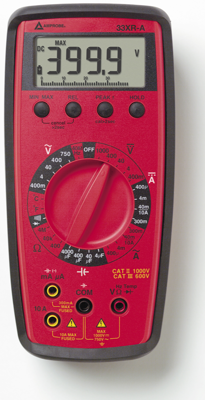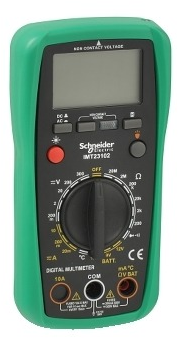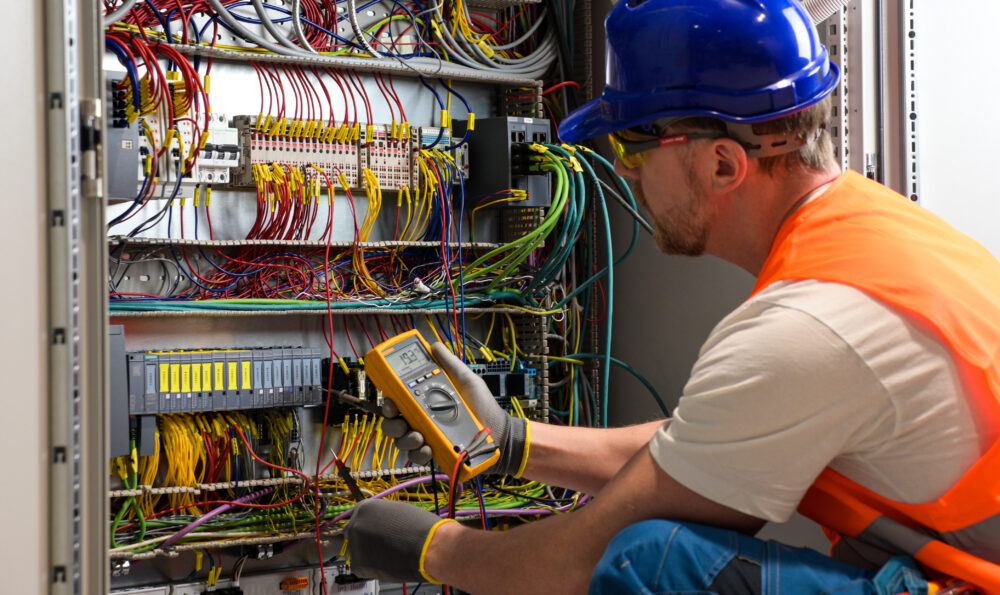
Multimeters simplified: Everything you need to know about these practical measuring devices
Whether in the electrical workshop, for domestic use or in industry, multimeters are part of the basic equipment for any measuring task. A single device can be used to precisely measure electrical quantities such as voltage, current and resistance. But what exactly is a multimeter, how does it work and what should you bear in mind when using it?
What is a multimeter?
A multimeter is an electronic measuring device that combines several functions. It is used to measure key electrical parameters such as:
- Voltage (volts)
- Current (ampere)
- Resistance (ohm)
Some devices also allow you to measure capacitance, frequency, temperature or continuity. A distinction is usually made between analogue and digital multimeters. The latter are now standard, as they display accurate measurement results on a display and often offer additional functions.
How does a multimeter work?
The basic principle of a multimeter is based on the conversion of electrical quantities into values that can be displayed and evaluated. Depending on the set measuring range, the device uses different internal circuits:
- For voltage measurement, the voltage is measured via a high internal resistance.
- For current measurement, the current is conducted through the multimeter itself.
- Resistance measurement is performed using a reference voltage and the detection of the current flow.
What types of multimeters are there?
Multimeters differ not only in the type of display, but also in their range of functions and area of application. The most important types include:
- Handheld multimeters: compact, mobile and ideal for use on site
- Bench multimeters: for stationary use with higher measuring accuracy
- True RMS multimeters: for precise measurement of AC voltages and currents, even with distorted signals
Specialised devices can also measure environmental parameters such as temperature or be connected to analysis software via USB.
Measuring voltage with a multimeter – how it works
Voltage measurement is one of the most common applications of a multimeter. Proceed as follows:
- Select the appropriate measuring range (direct or alternating voltage).
- Plug the test leads correctly into the multimeter (COM and V socket).
- Switch on the device and place the test probes on the points to be measured.
- Read the value on the display.
If the voltage is unknown, the automatic range selection helps to prevent overloads.
Detailed information on voltage measurement with a multimeter can be found in our technical article: Design and Operation of Voltmeters.
Additional measuring functions: current and resistance
In addition to voltage measurement, multimeters offer numerous other functions. Two of these are particularly relevant in practice:
Measuring current with a multimeter
- Current is measured in series with the consumer.
- Pay attention to the maximum permissible current range.
- Use current clamp adapters for high currents.
Measuring ohms with a multimeter
- Only measure resistance in a voltage-free circuit.
- Before measuring: discharge electrolytic capacitors and disconnect the load from the mains.
- Ideally suited for conductivity tests or troubleshooting in electrical circuits.
Symbols on the multimeter: a quick explanation
A multimeter is a versatile measuring device – but only if you know how to use it properly. The symbols displayed on the device play a key role here. They indicate which measurement is currently selected or which function is available. It is particularly helpful for beginners to know the most common symbols in order to avoid measurement errors or even damage to the device. Here is a small selection:
- V = voltage
- A = current
- Ω = Resistance
- Hz = Frequency
- ∼ = Alternating voltage/current
- − or = = Direct voltage/current
A detailed explanation of multimeter symbols helps to avoid operating errors and make optimum use of the functions.
Setting up a digital multimeter correctly – what matters
Each measured variable requires a suitable configuration of the device. It is particularly worthwhile taking a close look at the operation of digital models with numerous additional functions. Please note the following points:
- Select the appropriate measured variable (V, A, Ω)
- Select the measuring range (manually or automatically)
- Connect the measuring leads correctly
- If necessary, select special functions such as min/max value, data hold or relative measurement
Multimeters: indispensable for every measurement task
A multimeter offers you numerous options for the precise measurement of electrical quantities. Whether for professional applications or private use, with the right model and the right settings, every measurement is safe and reliable.
Quality manufacturers at Bürklin
At Bürklin, you will find a wide selection of high-quality multimeters from leading brands:
- Fluke: global leader in professional measuring instruments
- PeakTech: Value for money tip for laboratories and training
- Gossen Metrawatt: Quality from Germany with high measuring accuracy
Discover our entire range of multimeters and further information on measurement technology.

